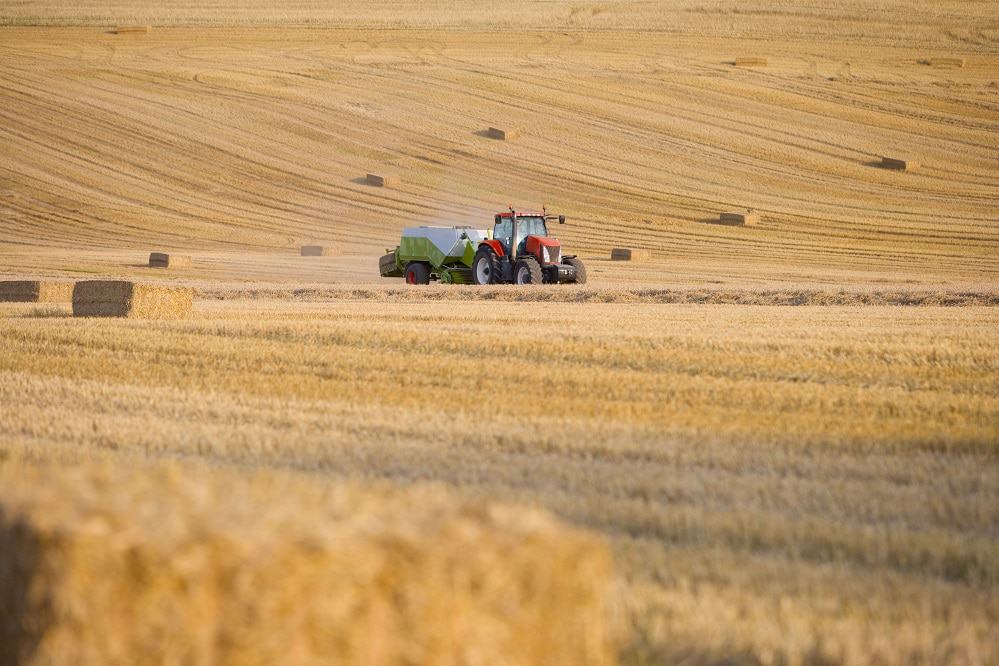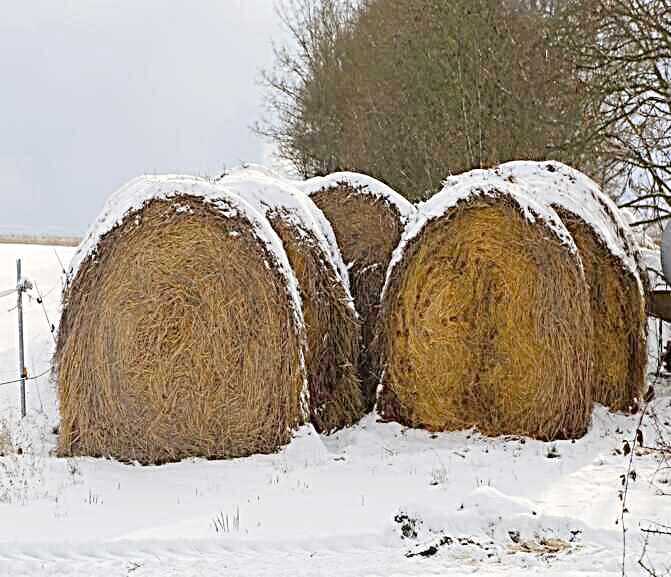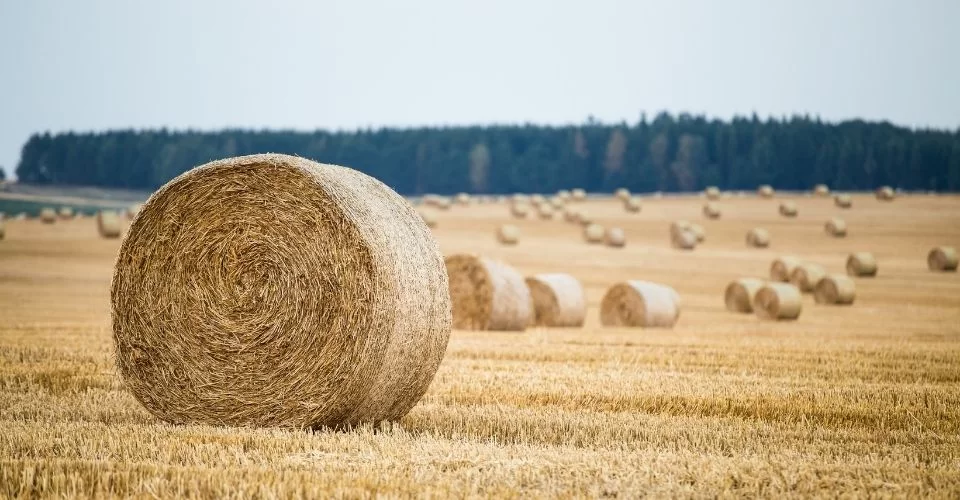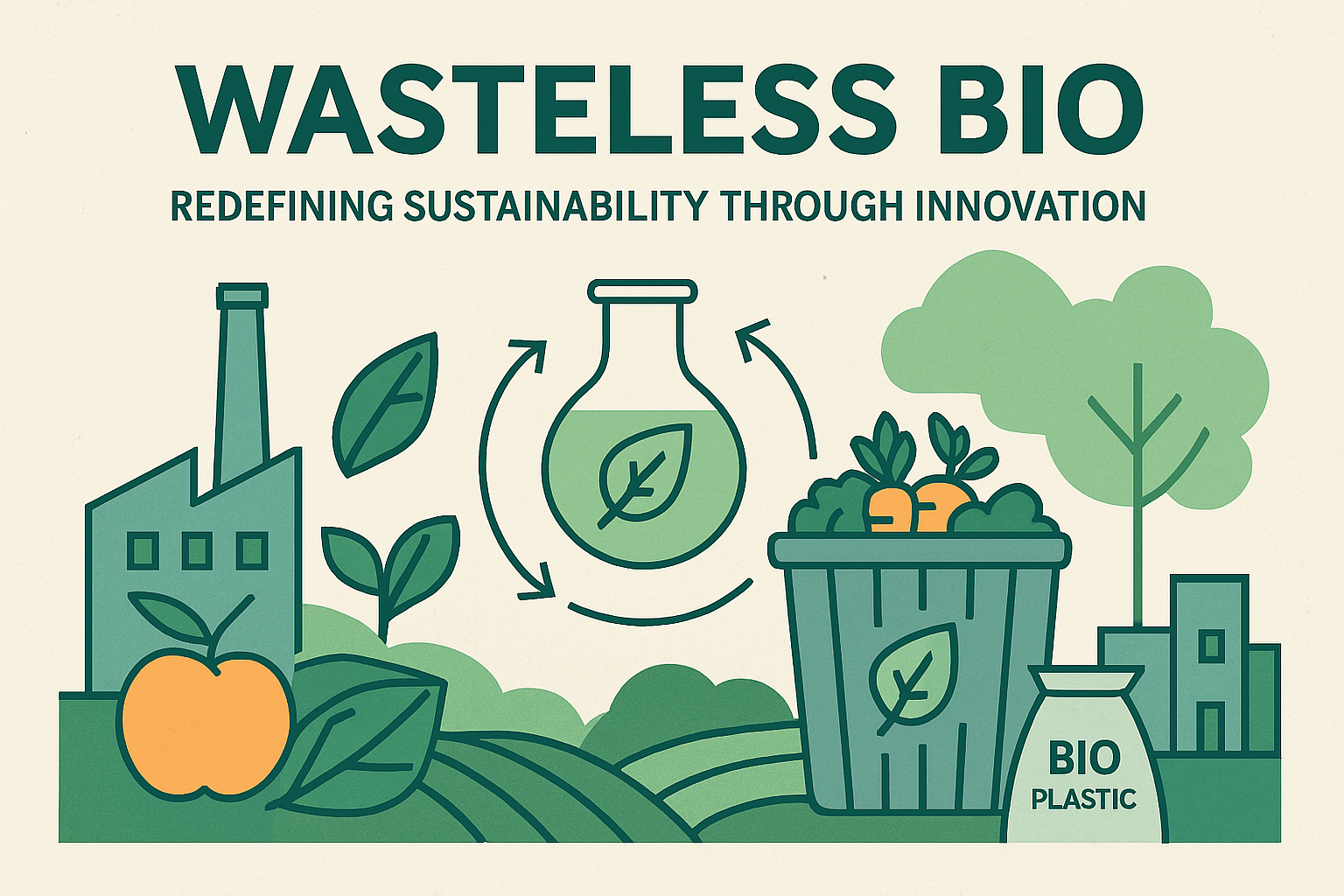The number of bales of hay per acre can vary widely depending on factors such as the type of hay being grown, the density of the bales, and local growing conditions.
Moreover, bales can come in different sizes and weights, which affects the number of bales you can expect to harvest per acre.
On average, a common guideline might be:
- Small square bales: Approximately 50 to 100 bales per acre.
- Large square bales: Approximately 10 to 25 bales per acre.
- Round bales: Approximately 5 to 15 bales per acre.
However, these are just rough estimates and can vary significantly.
What Are The Factors That Affect Bale Yield?
Within the realm of agriculture, the intricate tapestry of factors influencing bale yield highlights the delicate interplay between genetics, environmental conditions, and agricultural practices.
Type of Hay:
Different types of hay have varying growth patterns, nutritional content, and yield potential. Here are some key types of hay and their characteristics:
Alfalfa: Alfalfa is a high-yield, nutrient-rich legume hay. It’s known for its high protein and calcium content, making it popular for feeding livestock.
Additionally, its yield can be influenced by factors like planting density, soil fertility, and proper irrigation.
Timothy: Timothy grass hay is a common choice for horses due to its low protein and high-fiber content.
Moreover, it thrives in cool, moist climates and requires regular cutting to maintain quality. Proper timing of harvest is crucial to preserve its nutritional value.
Bermuda Grass: Bermuda grass hay is heat-tolerant and thrives in warm climates. It has good drought resistance but may have lower protein content compared to legume hays like alfalfa. Proper fertilization and irrigation are essential for optimal bale yield.
Clover: Clover hay, including red clover and white clover, is often mixed with grasses. It’s known for fixing nitrogen in the soil, which can enhance soil fertility.
Additionally, clover can contribute to higher yields when intermixed with compatible grass species.
Growing Conditions:

Soil Fertility: The nutrient content of the soil directly affects plant growth and hay yield.
Moreover, adequate levels of essential nutrients, such as nitrogen, phosphorus, and potassium, are necessary for healthy plant development. Soil tests can guide fertilization practices.
Climate: Climate plays a significant role in determining the type of hay that will thrive in a region.
Temperature, precipitation, and sunlight influence growth rates and quality. Certain hays, like Bermuda grass, excel in hot and arid climates, while others prefer cooler conditions.
Irrigation: Proper irrigation is crucial for consistent growth and yield. Insufficient water can lead to stunted growth and reduced hay production.
In addition, the water requirements vary among different types of hay, so adjusting irrigation practices accordingly is essential.
Harvesting Practices:
Cutting Frequency: The frequency of cutting (number of harvests per growing season) affects both yield and quality.
Moreover, frequent cutting might increase yield but could reduce nutritional content.
Balancing between yield and quality is essential. For example, cutting alfalfa at the bud stage often results in higher protein content.
Timing of Harvest: Harvesting at the right stage of growth is vital. For grass hays, cutting at the pre-bloom or early bloom stage often provides the best balance of yield and nutrition.
Moreover, legume hays like alfalfa are typically harvested just before full bloom to maintain high protein content.
Cutting Height: The height at which the plants are cut affects regrowth and future yield. Cutting too low can weaken the plants and reduce regrowth potential. Optimal cutting height varies based on the type of hay and growth stage.
What Are The Calculation Methods?
Unlocking a realm of precision, various calculation methods provide the tools to navigate complex data.
Standard Measurements:
Standard Bale Dimensions: Bale dimensions play a crucial role in estimating the number of bales per acre. Different types of balers create bales of varying sizes, typically measured in length, width, and height. Moreover, these dimensions are standardized within the industry and used as reference points for calculations.
Density of Bales: The density of bales, which refers to how tightly the hay is packed within the bale, impacts the overall yield.
Additionally, denser bales have more hay in a given volume. Balers have different compression settings that affect bale density.
Estimation Formulas:
Simple Estimation Based on Type and Yield:
- A basic estimation method involves knowing the yield potential of a specific type of hay per acre. This can be obtained from agricultural extension services or research sources.
- Moreover, multiply the expected yield (usually in pounds per acre) by the average weight of a bale (obtained from standard bale dimensions and density).
- In addition, this method provides a rough estimate but may not account for variations in field conditions, cutting practices, or other factors.
More Accurate Methods Incorporating Field Data:
- To get a more accurate estimation, consider collecting field data. This involves sampling and measuring actual bale weights, or even bale counts, from a representative area of your field.
- Measure the area you’ve sampled to get an accurate acreage.
- Calculate the average bale weight from your samples.
- Multiply the average bale weight by the total acreage to estimate the total yield.
- This method accounts for variations in the field, including factors like uneven growth, soil conditions, and actual bale weights.
- For example, if you have 10 bales from a representative area of 1/10th of an acre and the average bale weight is 50 pounds, you can estimate that the total yield per acre would be around 500 pounds.
What are The Best Practices for Bale Estimation?
Navigating the realm of bale estimation, adopting best practices becomes paramount.
Conducting a Pre-Harvest Assessment:
Sampling Methods: Choose a representative area of the field to collect hay samples. This can involve taking multiple samples from different locations within the field. The goal is to account for variations in growth and yield across the entire area.
Assessing Plant Density: Count the number of plants in a specified area to determine plant density. Moreover, this helps estimate the overall yield potential and informs decisions about cutting frequency and bale yield.
Monitoring and Adjusting Throughout the Season:
Regular Checks on Growth and Yield: Continuously monitor the growth of your hay crop. Regularly assess the height and density of the plants.
In addition, this information can help you gauge how well your crop is progressing and whether it’s on track for your target yield.
Making Adjustments to Cutting Schedule or Irrigation: Based on the growth and yield observations, be prepared to make timely adjustments.
However, if the growth is exceeding expectations, you might need to consider more frequent cutting. Conversely, if there are signs of stress, you might need to adjust your irrigation practices.
What types of challenges and limitations might be encountered?

Embarking on the journey of exploration, one must be prepared to confront a spectrum of challenges and limitations.
Variability in Field Conditions:
Fields are rarely uniform in terms of soil quality, slope, and other factors. This variability can lead to uneven growth and yield across different areas of the field.
Address this challenge by adopting a systematic approach to sampling and monitoring, ensuring that your assessments capture the full range of conditions.
Impact of Weather Fluctuations:
- Weather conditions, such as droughts, excessive rainfall, or extreme temperatures, can significantly affect hay growth and yield.
- Mitigate this by staying informed about weather forecasts and adapting your management practices accordingly. This might involve adjusting irrigation schedules or even delaying harvest if unfavorable conditions are predicted.
Equipment and Labor Constraints:
- Availability of appropriate equipment and labor can impact the timing of harvest and baling, which in turn affects yield.
- Plan ahead and ensure you have the necessary resources for timely operations. Adequate staffing and well-maintained equipment can help minimize delays.
What Are The Importance of Accurate Estimation?
Accurate bale yield estimation directly influences financial decisions. Overestimating yields might lead to insufficient feed for livestock, while underestimating yields can result in wasted resources and missed opportunities.
Additionally, accurate bale yield estimates guide decisions on storage needs. Having a clear idea of the amount of hay you’ll produce allows you to allocate appropriate storage space and plan for future feed needs.
FAQ’s
How do you calculate bales per acre?
Bales per acre are calculated by estimating the average weight of a bale and dividing the total yield in pounds per acre by the average bale weight.
How many acres can you bale in a day?
The number of acres that can be baled in a day depends on factors like equipment efficiency, field conditions, and baling method. It can vary widely, from a few acres to over 100 acres for large operations.
How many bales of hay per acre in Kenya?
The number of bales of hay per acre in Kenya varies based on factors like hay type, growing conditions, and cutting practices. Averages range from 50 to 120 bales per acre.
How much hay is one bale?
The amount of hay in one bale varies depending on bale size and density. A typical small square bale contains around 40 to 60 pounds of hay, while larger round bales can weigh hundreds of pounds.
What is the size of a bale of hay?
The size of a bale of hay varies based on the type of baler used. Small square bales can measure around 14 inches by 18 inches by 36 inches. Round bales can have diameters ranging from 4 to 6 feet and widths of 4 to 5 feet.
Final Thought
In conclusion, the process of estimating the number of bales of hay per acre involves a multifaceted approach that considers various factors influencing growth, yield, and quality.
Moreover, understanding the distinct characteristics of different types of hay, the impact of growing conditions, and the significance of harvesting practices, farmers can make informed decisions to optimize bale yield.
Additionally, these practices offer a deeper understanding of the field’s dynamics and allow for necessary adjustments to ensure optimal yield.
However, challenges and limitations, such as variability in field conditions, weather fluctuations, and resource constraints, underscore the need for flexibility and adaptability in hay production management.
Overcoming these challenges requires careful planning, timely decision-making, and proactive adjustments.











